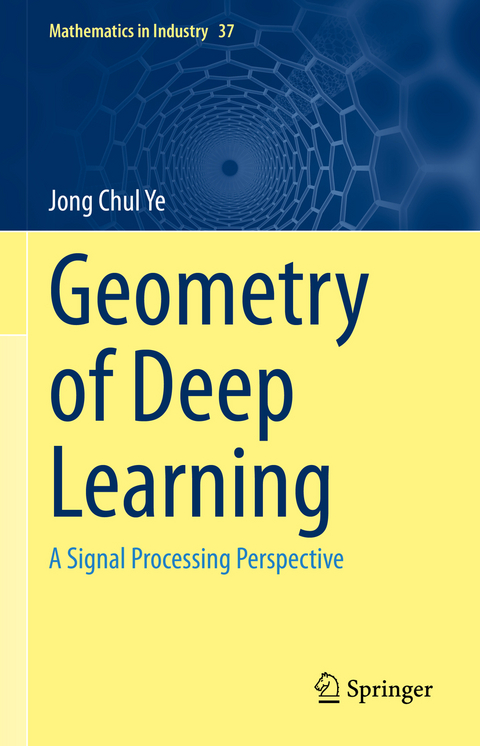
Geometry of Deep Learning
Springer Verlag, Singapore
978-981-16-6045-0 (ISBN)
To support this claim, an overview of classical kernel machine learning approaches is presented, and their advantages and limitations are explained. Following a detailed explanation of the basic building blocks of deep neural networks from a biological and algorithmic point of view, the latest tools such as attention, normalization, Transformer, BERT, GPT-3, and others are described. Here, too, the focus is on the fact that in these heuristic approaches, there is an important, beautiful geometric structure behind the intuition that enables a systematic understanding. A unified geometric analysis to understand the working mechanism of deep learning from high-dimensional geometry is offered. Then, different forms of generative models like GAN, VAE, normalizing flows, optimal transport, and so on are described from a unified geometric perspective, showing that they actually come from statistical distance-minimization problems.
Because this book contains up-to-date information from both a practical and theoretical point of view, it can be used as an advanced deep learning textbook in universities or as a reference source for researchers interested in acquiring the latest deep learning algorithms and their underlying principles. In addition, the book has been prepared for a codeshare course for both engineering and mathematics students, thus much of the content is interdisciplinary and will appeal to students from both disciplines.
The author is currently a full Professor at Korea Advanced Institute of Science and Technology (KAIST). Also he has been a Fellow of IEEE since January 2020.
Part I Basic Tools for Machine Learning: 1. Mathematical Preliminaries.- 2. Linear and Kernel Classifiers.- 3. Linear, Logistic, and Kernel Regression.- 4. Reproducing Kernel Hilbert Space, Representer Theorem.- Part II Building Blocks of Deep Learning: 5. Biological Neural Networks.- 6. Artificial Neural Networks and Backpropagation.- 7. Convolutional Neural Networks.- 8. Graph Neural Networks.- 9. Normalization and Attention.- Part III Advanced Topics in Deep Learning.- 10. Geometry of Deep Neural Networks.- 11. Deep Learning Optimization.- 12. Generalization Capability of Deep Learning.- 13. Generative Models and Unsupervised Learning.- Summary and Outlook.- Bibliography.- Index.
“This book is based on material that has been prepared for senior-level undergraduate classes, this book can be used for one-semester senior-level undergraduate and graduate-level classes.” (Arzu Ahmadova, zbMATH 1493.68003, 2022)
| Erscheinungsdatum | 07.01.2022 |
|---|---|
| Reihe/Serie | Mathematics in Industry ; 37 |
| Zusatzinfo | 1 Illustrations, black and white; XVI, 330 p. 1 illus. |
| Verlagsort | Singapore |
| Sprache | englisch |
| Maße | 155 x 235 mm |
| Themenwelt | Informatik ► Theorie / Studium ► Künstliche Intelligenz / Robotik |
| Mathematik / Informatik ► Mathematik ► Analysis | |
| Mathematik / Informatik ► Mathematik ► Geometrie / Topologie | |
| Schlagworte | Deep learning • Geometric understanding of deep neural network • Mathematical principle of deep learning • optimal transport • Review of state-of-the art deep learning methods |
| ISBN-10 | 981-16-6045-X / 981166045X |
| ISBN-13 | 978-981-16-6045-0 / 9789811660450 |
| Zustand | Neuware |
| Informationen gemäß Produktsicherheitsverordnung (GPSR) | |
| Haben Sie eine Frage zum Produkt? |
aus dem Bereich


